The Puebloans or Pueblos were an ancient Native American culture that emerged in AD 100 across Utah and parts of Arizona, New Mexico, and Colorado in the United States.
They lived in family pit houses, grand pueblos such as the great houses of Chetro Ketl and Pueblo Bonito, and cliff-sited dwellings for defense.
The descendants of the Pueblo comprise of the modern Pueblo tribes, including the Zuni, Hopi, Laguna, and the Acoma.
1 : Betatakin
Betatakin, meaning “house on the ledge” is a cliff settlement located in the Navajo Nation in Northern Arizona. Betatakin was constructed around AD 1267 beneath a large rock alcove and remained occupied until AD 1300. The settlement consisted of 120 rooms supporting up to 100 inhabitants, along with a ceremonial kiva (a dedicated room used for rites and political meetings).
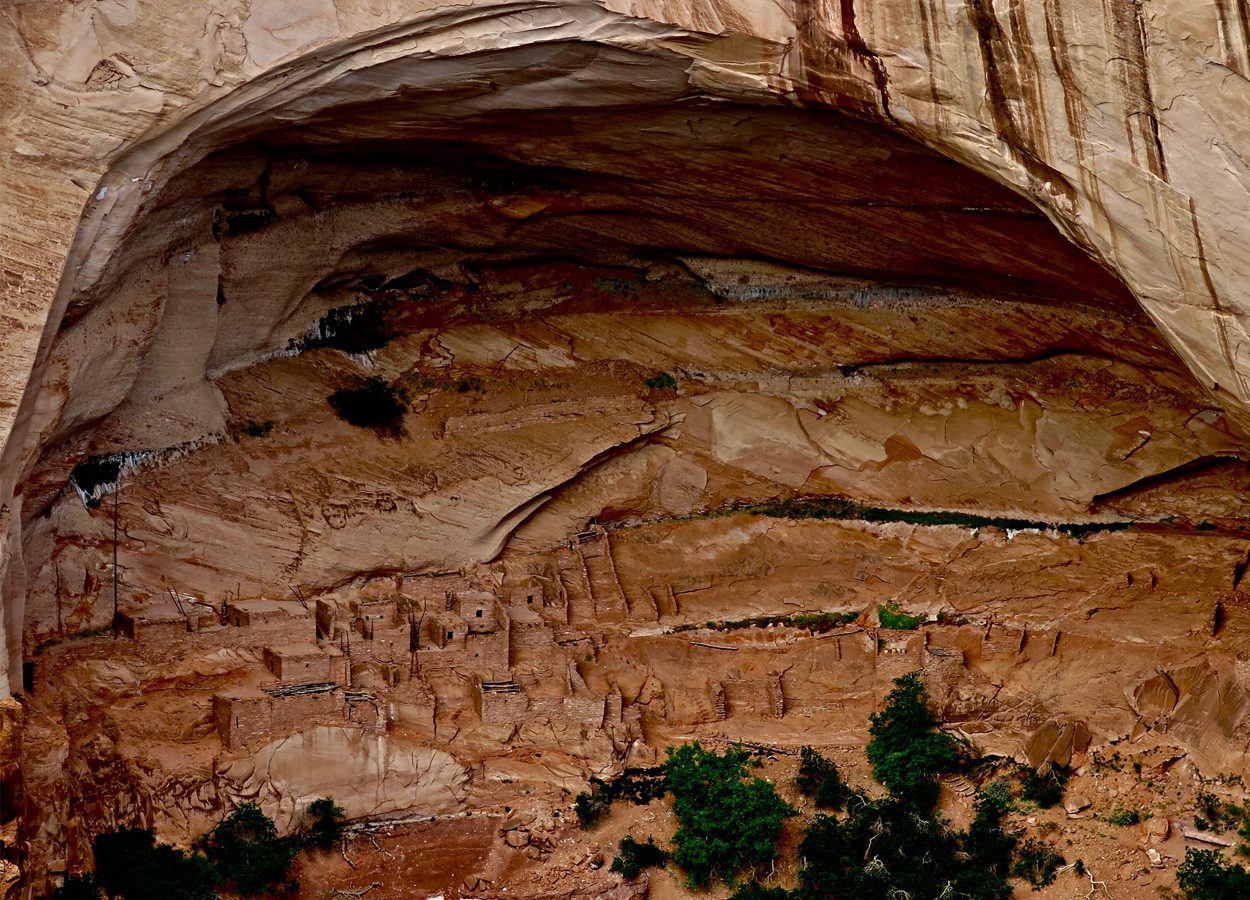
2 : Cliff Palace
Cliff Palace is a large cliff dwelling complex on the east wall of Cliff Canyon, located in the Mesa Verde National Park in the state of Colorado. Cliff Palace was constructed around AD 1190 beneath a rock escarpment and remained occupied until AD 1300. The complex consists of 150 rooms supporting up to 100 inhabitants, along with 23 kivas that may have functioned as the centre of a large polity.
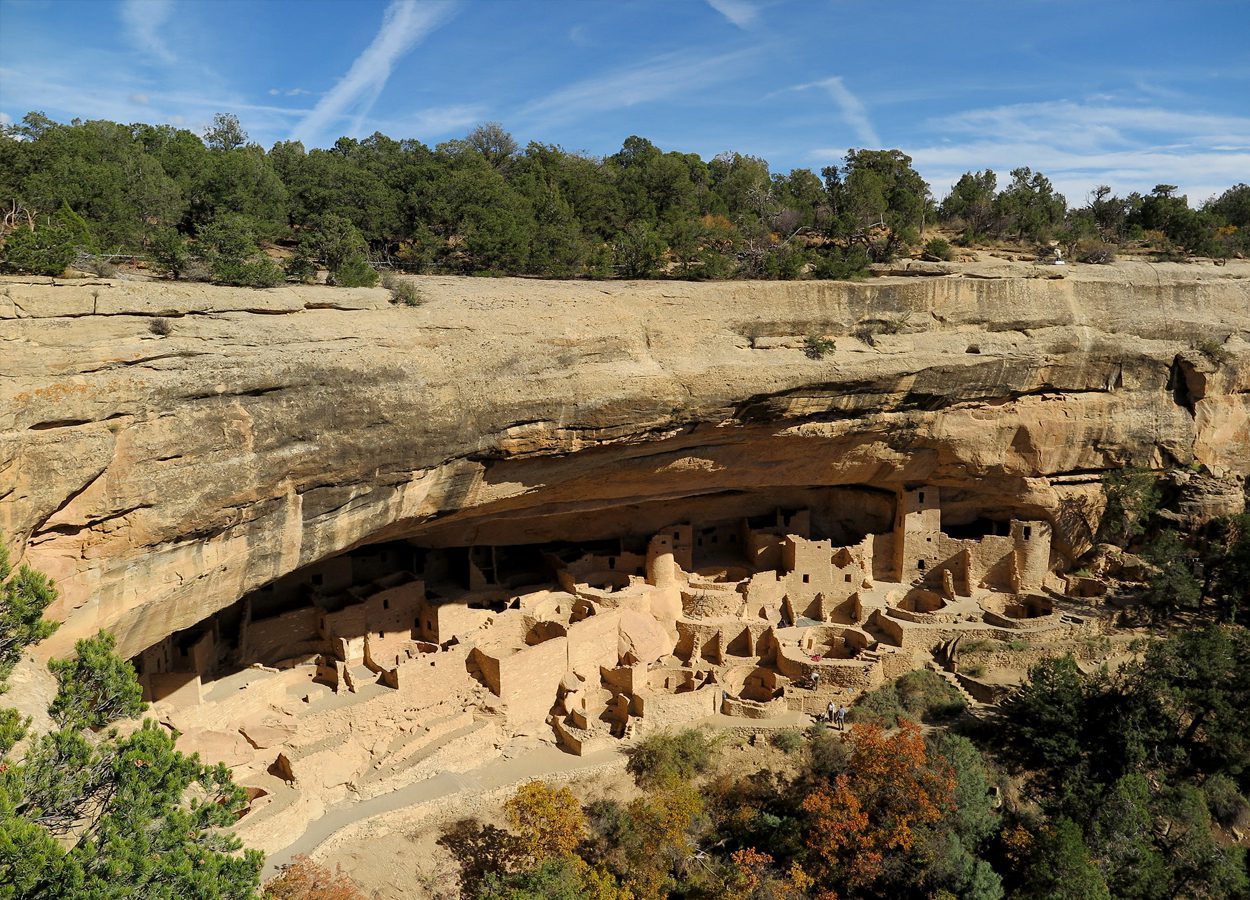
3 : Keet Seel
Keet Seel, meaning “broken pottery scattered around” is a cliff dwelling settlement on the walls of the Tsegi Canyon system, located in the Navajo County in the state of Arizona. Keet Seel was first occupied from around AD 1250, with the main period of construction taking place between AD 1272 and 1275. The site consists of 150 rooms built into a sandstone alcove, that could support up to 150 inhabitants.
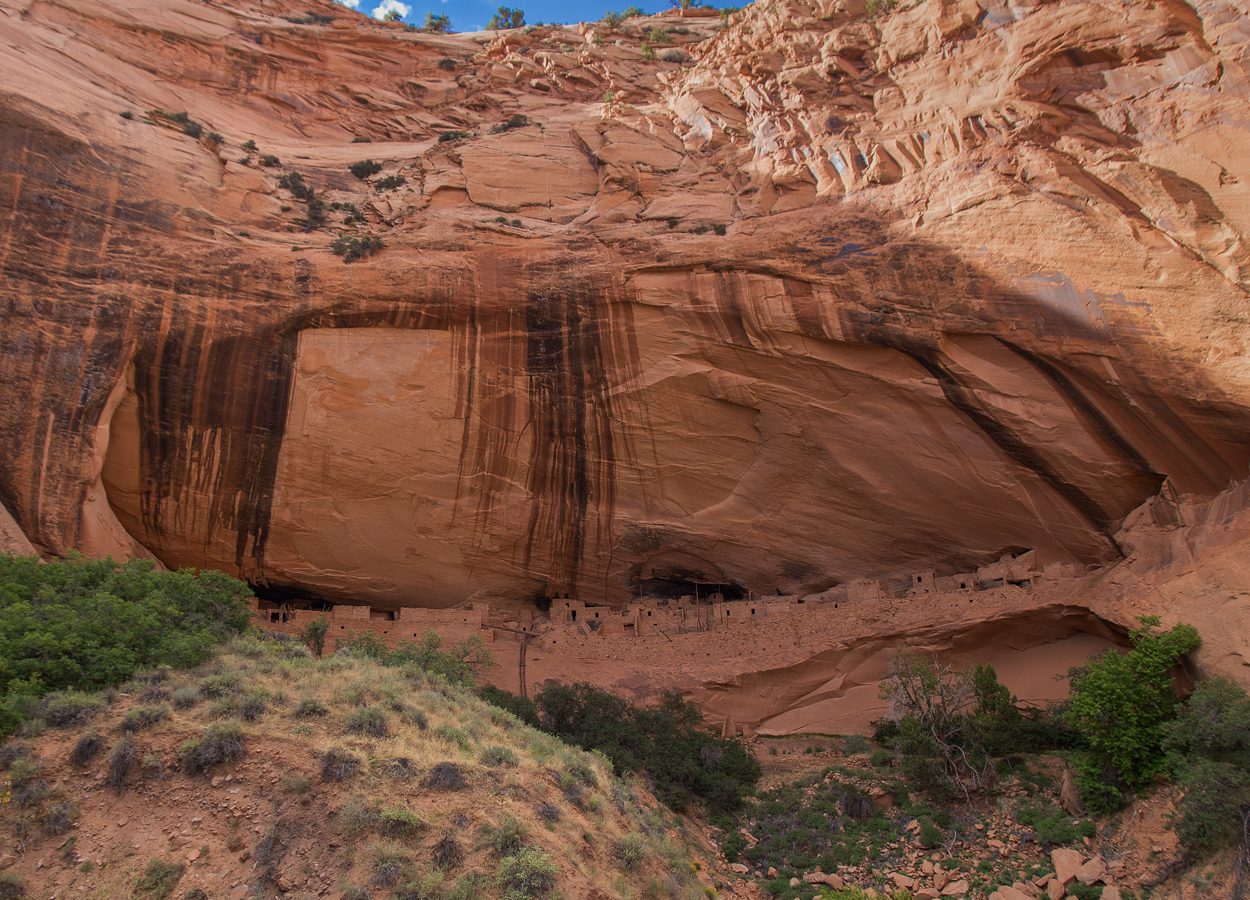
4 : Balcony House
Balcony House is a small cliff village, located in the Mesa Verde National Park in the state of Colorado. Balcony House was constructed around AD 1278 and consists of 45 rooms and 2 kivas beneath a stone alcove which was accessed via toe-holds in the cliff face.
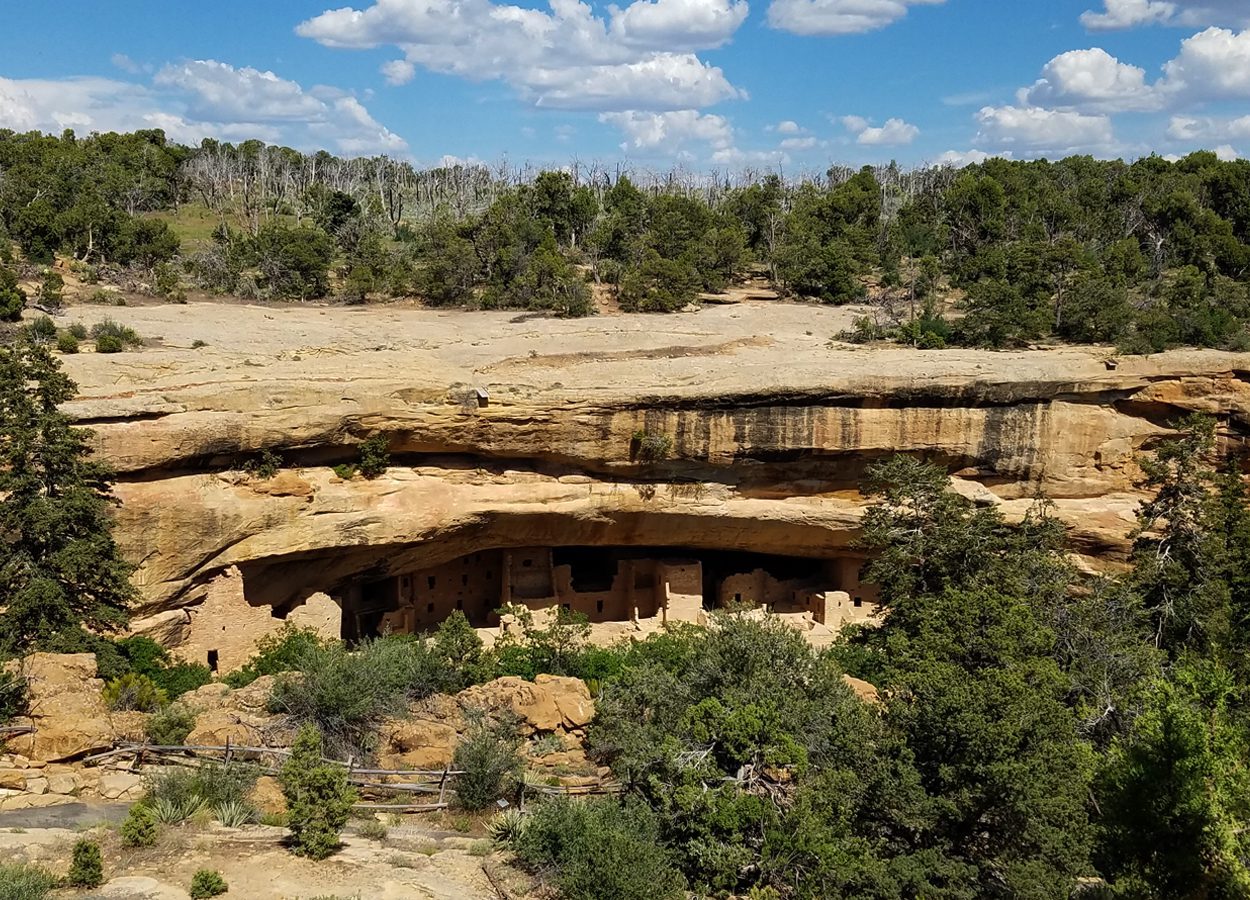
5 : Long House
Long House is a large cliff settlement below the rim of the west side of Wetherill Mesa, located in the Mesa Verde National Park in the state of Colorado. Long House was built between AD 1200 to 1280 and consists of 150 rooms and 21 kivas.
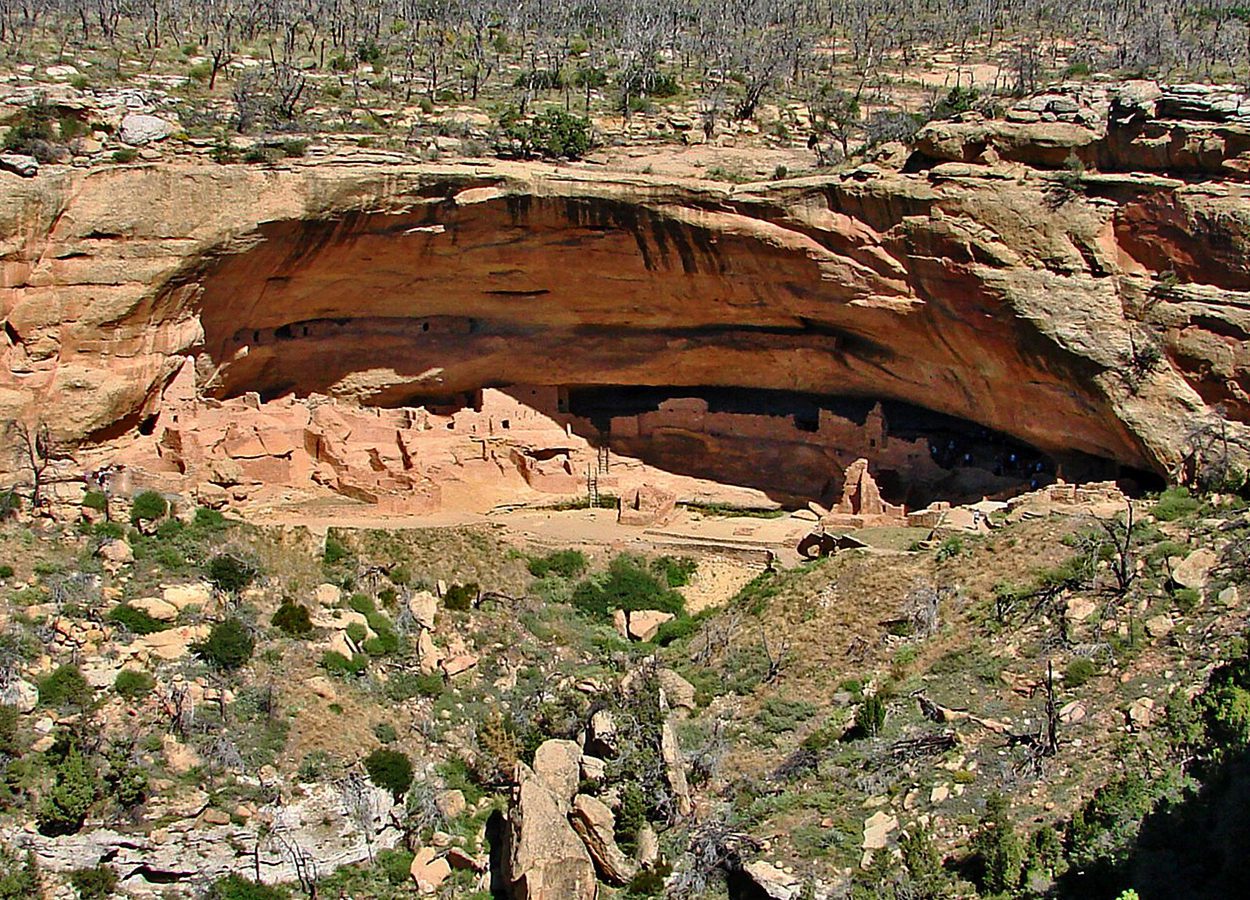
6 : Antelope House
Antelope House is a cliff dwelling settlement in the Canyon De Chelly, located in the Navajo Nation in the state of Arizona. Antelope House was constructed around AD 1050 and consisted of over 91 rooms and several kiva.
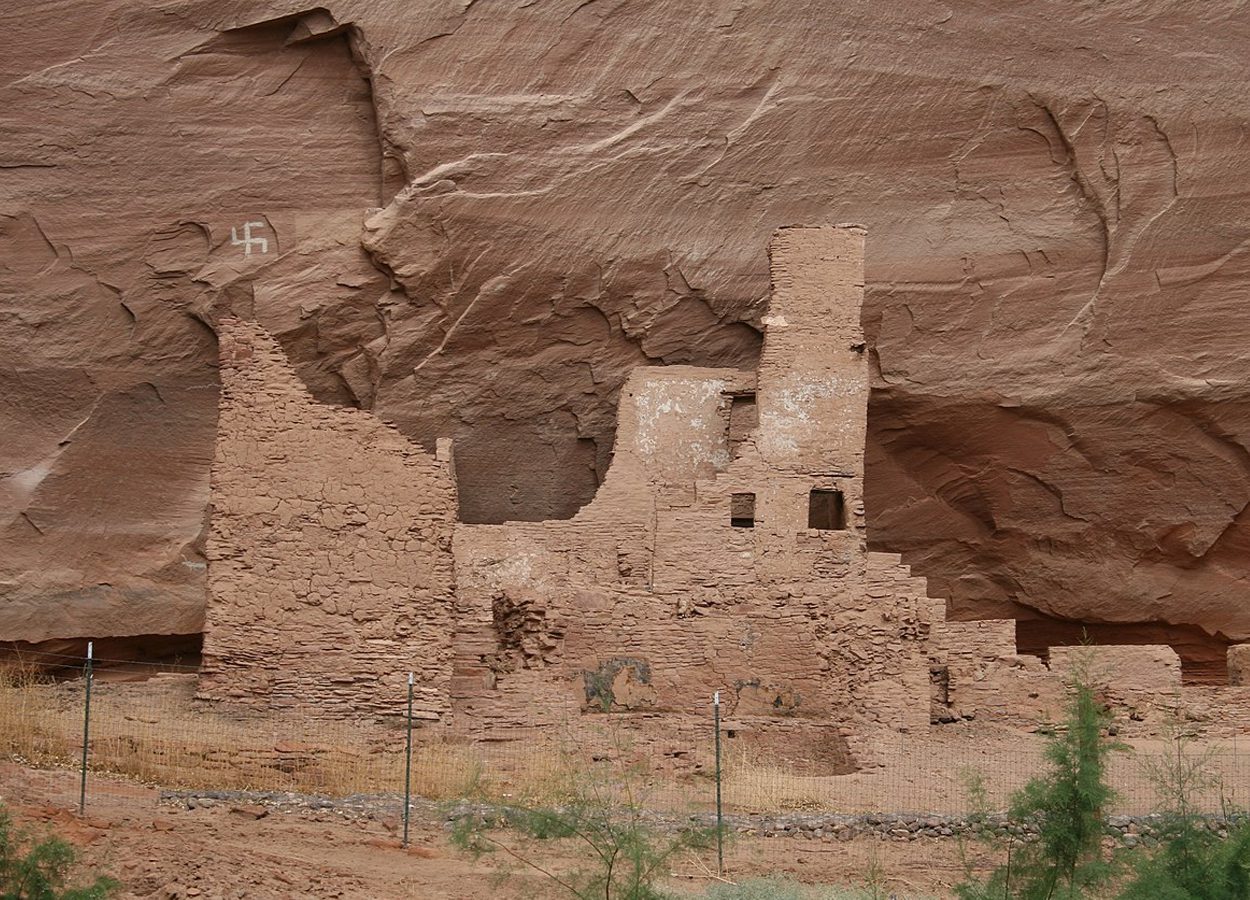
7 : Square Tower House
Square Tower House is a multi-story cliff settlement, located in the Mesa Verde National Park in the state of Colorado. Square Tower House was first settled around AD 1100, consisting of 80 rooms, 7 kivas, and a high square tower that rises to a height of 26 feet.
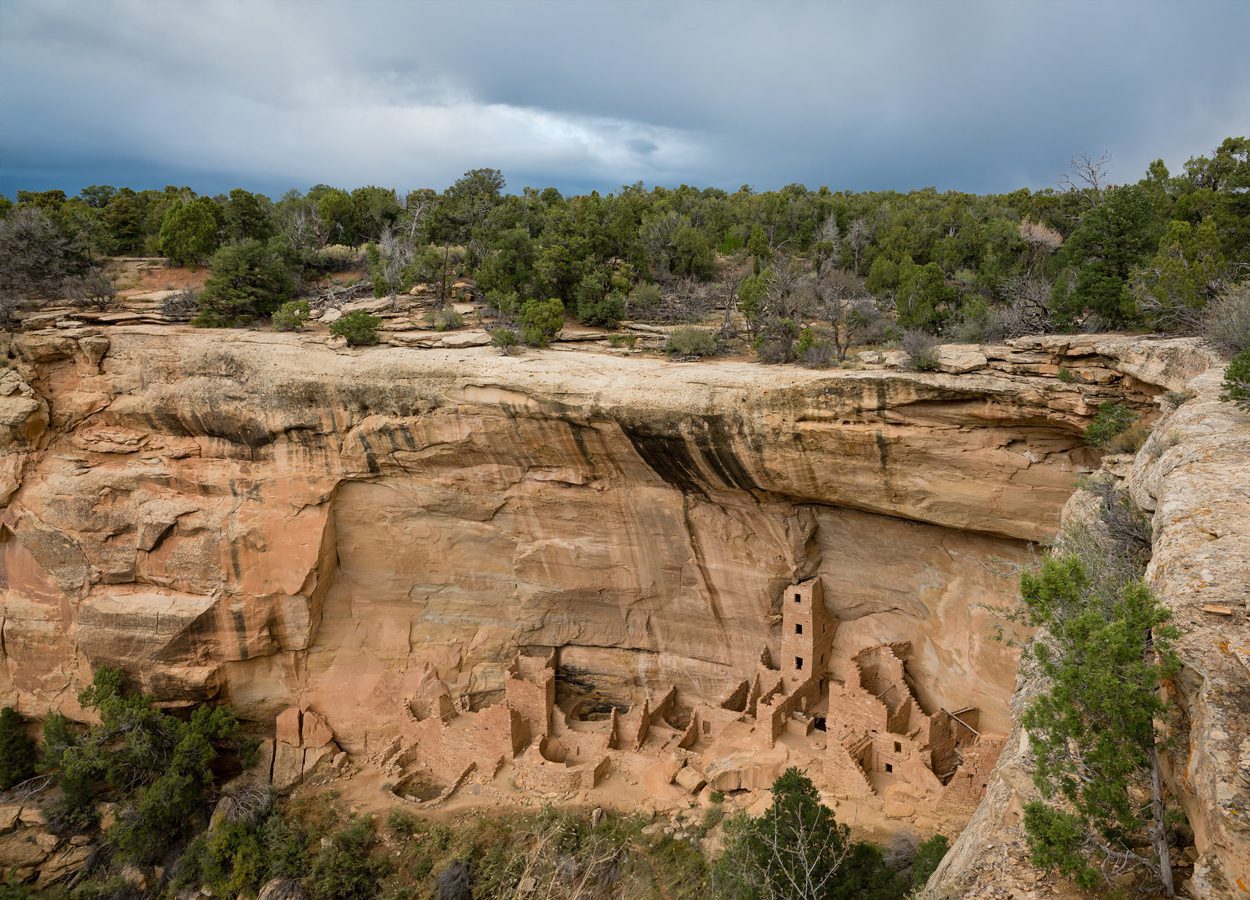
8 : Spruce Tree House
Spruce Tree House is a large cliff dwelling complex on the northeast wall of Spruce Tree Canyon, located in the Mesa Verde National Park in the state of Colorado. Spruce Tree House was constructed between AD 1200 and 1280 and consists of 8 kivas, and 114 rooms that supported up to 100 inhabitants.
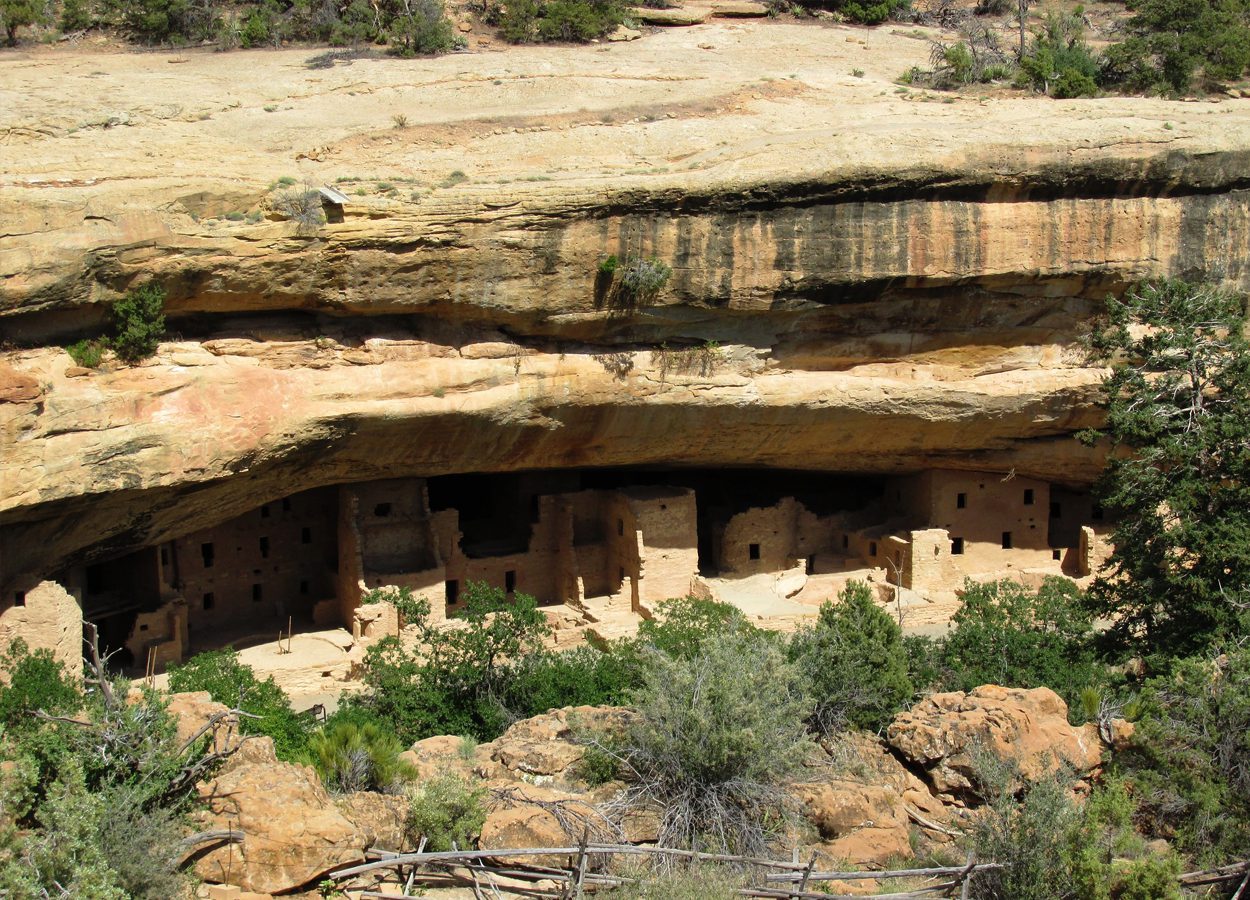
9 : White House Ruin
The White House Ruin is a cliff dwelling settlement in the Canyon De Chelly, located in the Navajo Nation in the state of Arizona. White House Ruin was constructed around AD 1060 and consists of up to 80 rooms and 4 kivas.
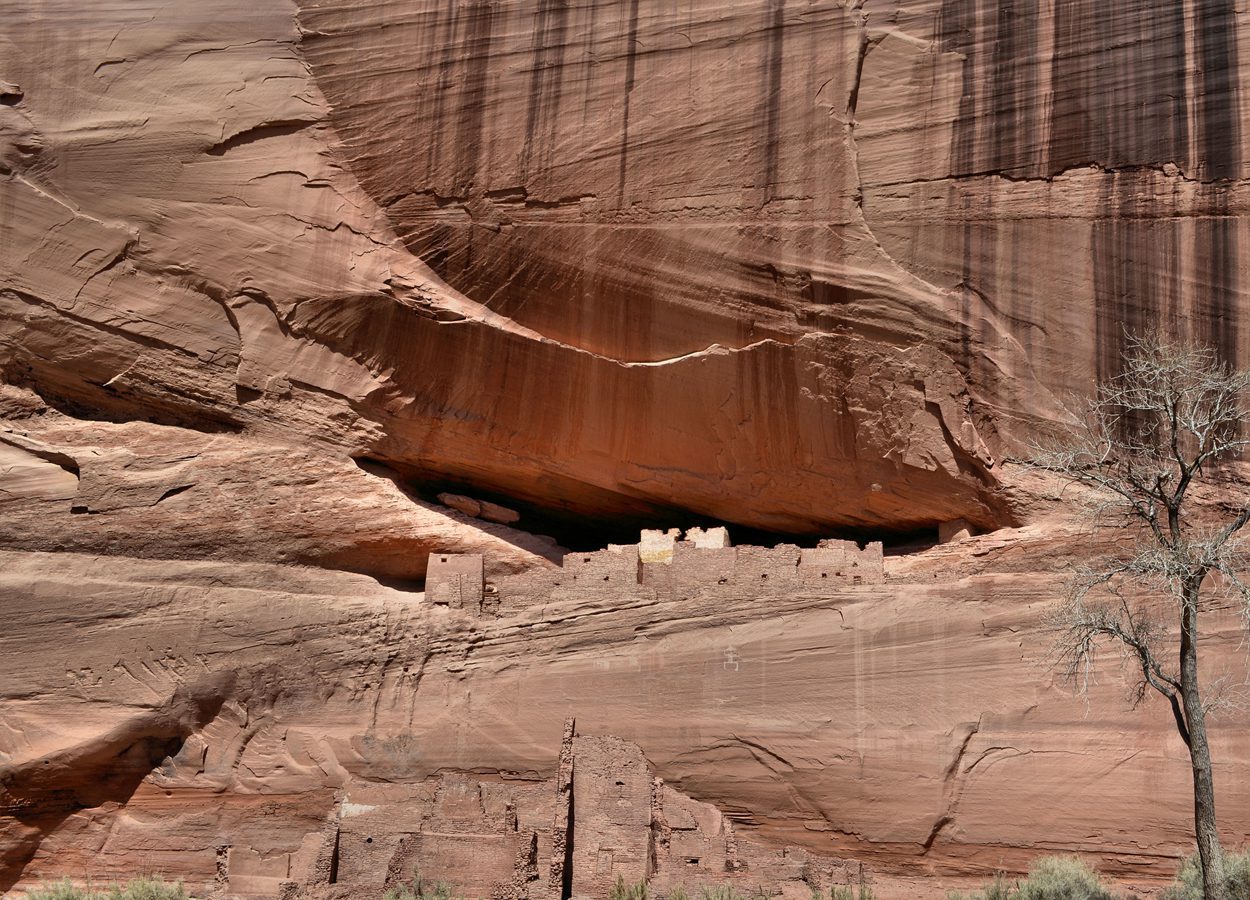
10 : River House Ruin
The River House Ruin is a cliff settlement along the San Juan River, located in the state of Utah. River House Ruin was constructed between AD 900 to 1200 and consists of up to 30 rooms around two central kivas.
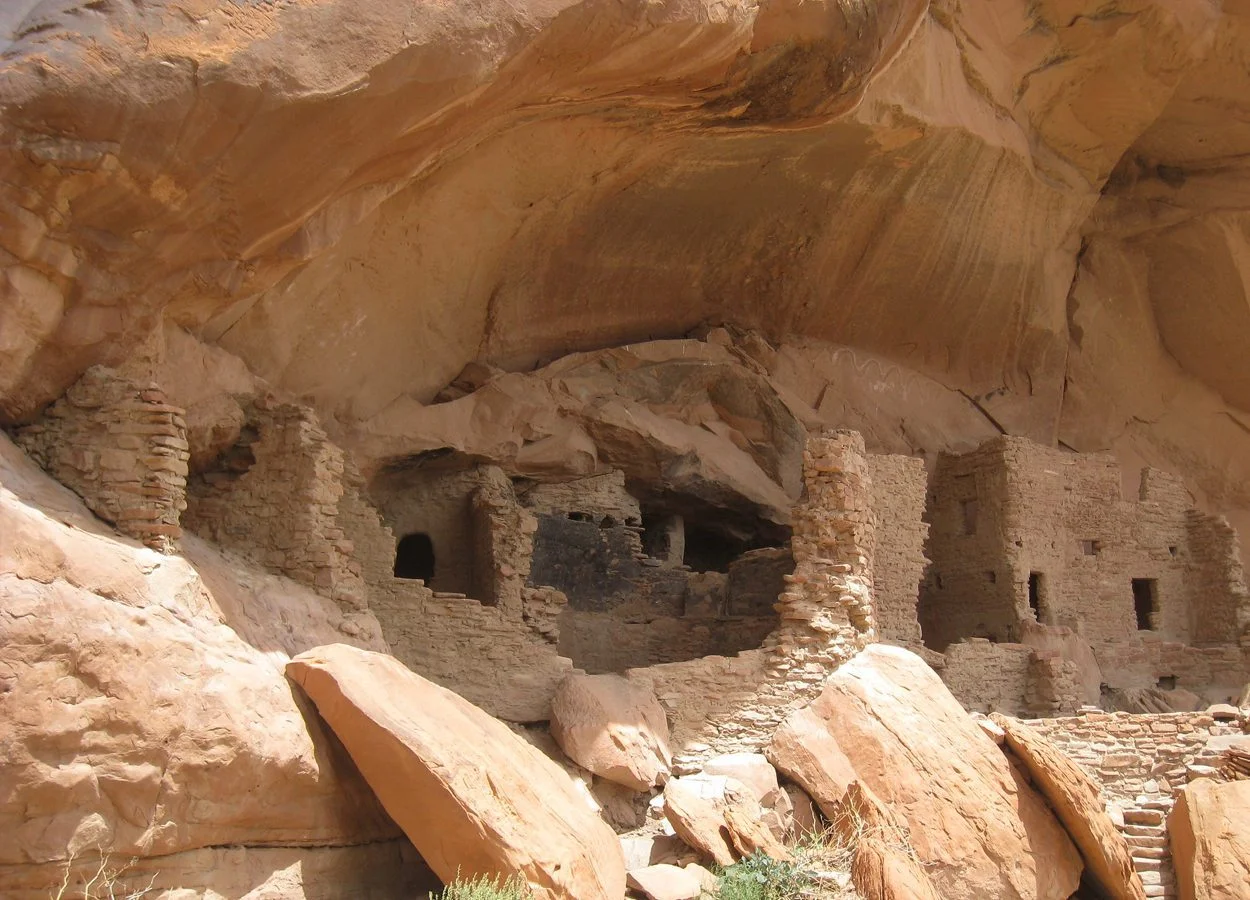
Header Image Credit : Christian Keller – CC BY 2.0




